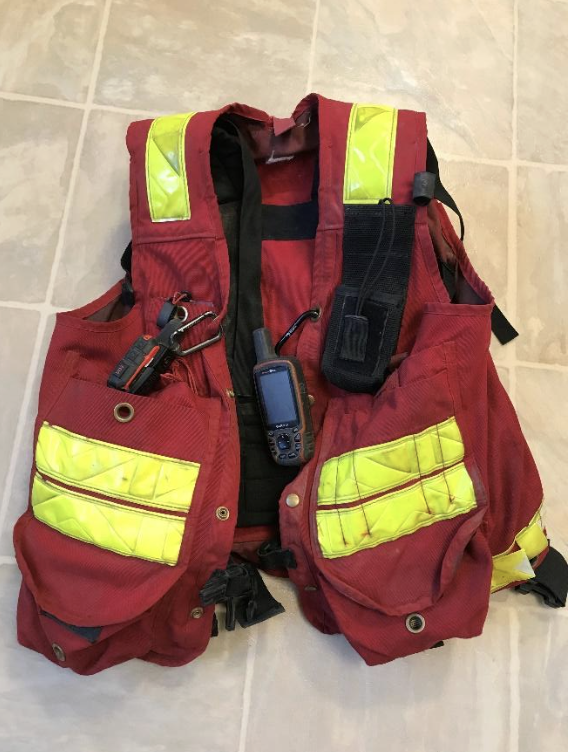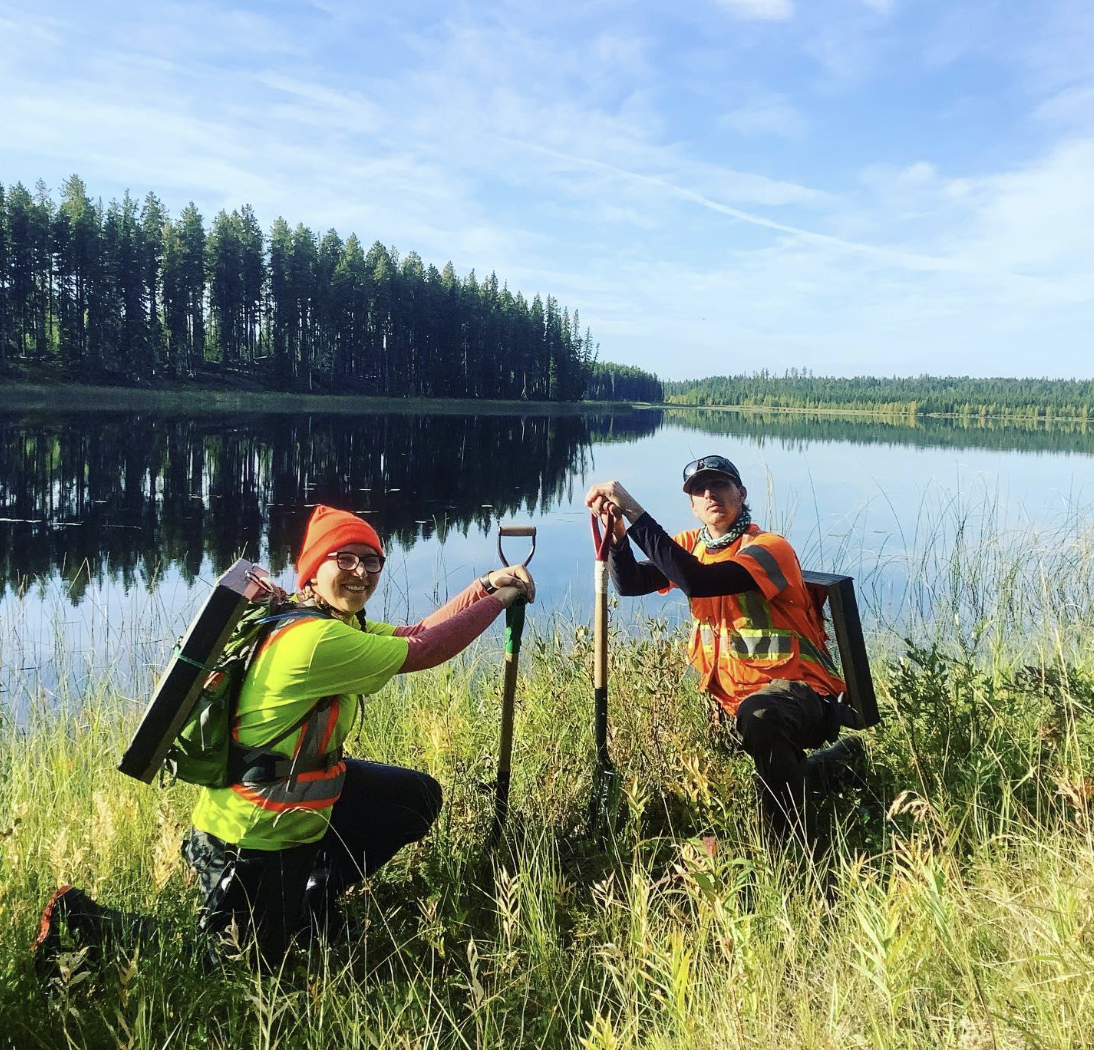Prepping for Field Season: What’s in My Backpack
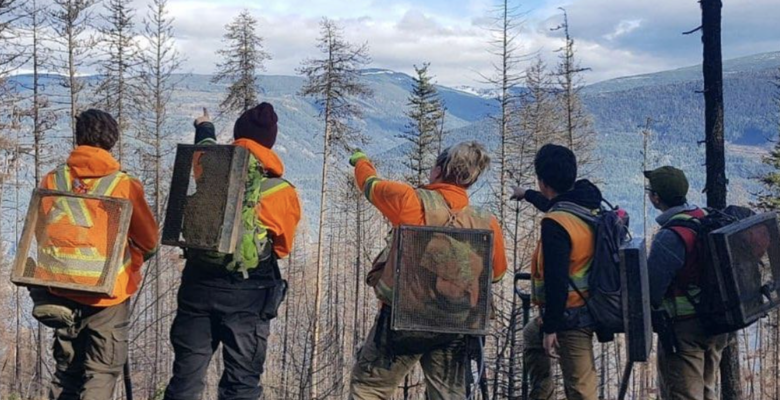
Written by: Alexandra Burchill
Every archaeologist carries similar items when they’re doing survey work; however, there is a lot of personal choice in what extra items they carry and why. Whether they pack their stuff in a cruiser vest, a backpack, a fanny pack, or even a Björn baby carrier for your ipad, there is a wide range of different ways archaeologists like to travel with their important items. Some go for comfort and sacrifice hiking speed, while others go minimal and sacrifice comfort. I’ve surveyed six archaeologists working at Circle CRM (including myself, which makes seven) to determine what their preferences are as they get ready for the 2023 season.
For the most part, there are some basic items that are absolute necessities: a personal first aid kit, spare batteries, pens and pencils, a compass, safety tickets, artifact bags and tags, GPS, iPad, inReach, sketch mapping book to record sites, handheld radio for a helicopter shift, water, food, a scale bar for photos, and a tape measure. Even amid these essential items, such as a compass and food, there are personal preferences! Additional items can generally be considered extra and for the purposes of either additional safety or comfort.
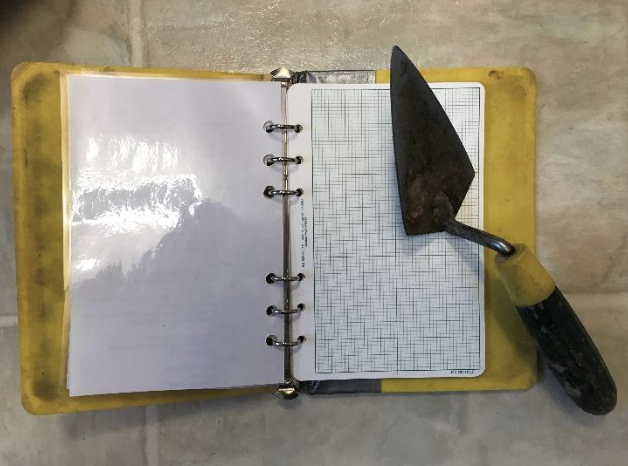
Do you use a cruiser vest or backpack? Which one and why?
A whopping six out of the seven archaeologists surveyed prefer to use a backpack! The biggest reason for selecting a backpack is comfort. A cruiser vest was said to weigh heavily on the shoulders, and only some vests have a built-in frame that offers back support. CRM archaeologists do a lot of hiking through uneven terrain, meaning back support is very important. The backpack also holds more and offers better support for the survey screen, which is carried strapped to the pack. Typically, people will go for a 30L to 45L pack, and the fewer zippers the better. There’s nothing like a rainy, muddy day to clog up your backpack zipper and break the pack. The archaeologist who is in support of the cruiser vest finds that the vest tends to work more effectively if you’re a minimalist packer and don’t require the extra space for gear. The cruiser vest is built for speed and easy access, with room for fewer supplies. Therefore, it is less useful on excavation or doing helicopter work, but comes in handy during forestry survey due to decreased weight. Some people also use both a cruiser vest and a backpack; the cruiser vest holds flagging tape, artifacts bags and tags, and a measuring tape, while the backpack is used for the rest of their gear.
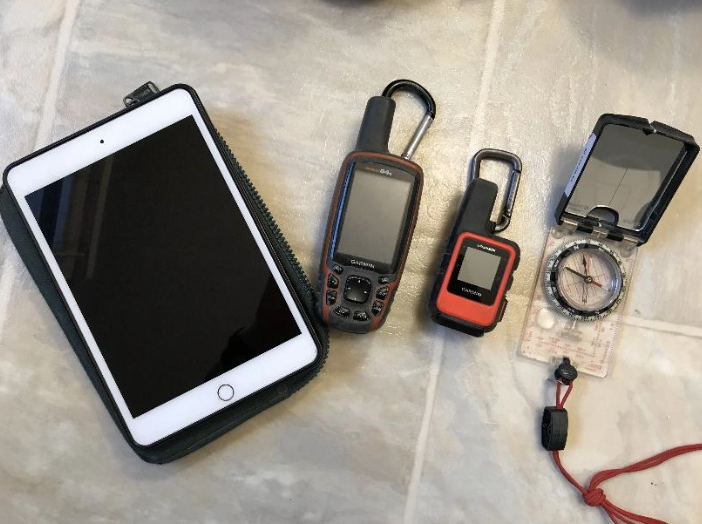
What items do you carry in your backpack/cruiser vest?
Most answers provided by the archaeologists were fairly similar. Some unique items include: toilet paper (always an important item), axe, blow saw (for helicopter work), file, sisal baler twine, fire starting kit, container for plant/mushroom collection, plastic straws for increment cores, increment borer, paper maps, extra socks, a bug net or bug shirt, extra safety glasses, sunscreen, bug spray, pain killers, an iPad stylus, line levels, string, trowel, extra shoe laces, backup gloves for screening sediment, and a GoPro.
Extra food such as emergency fish (canned tuna or sardines are ideal protein), trail mix, and/or protein bars goes a long way, especially when you’re stuck waiting for a helicopter for a few hours! As fall approaches, most packs tend to get a bit heavier with extra wool layers and rain gear.
Some other items that we pack are a survival kit, a hand saw, sharpie, and flagging tape. A hand saw is useful to clearing roots from shovel tests, as well as thicker branches blocking assess for quads and argos. Flagging tape is used to mark positive shovel tests and to flag a site’s boundary so developers know which area to avoid. In forestry archaeology, logging companies will mark the area they want to cut with flagging tape. As a result, we often carry our own coloured flagging and the client’s unique flagging colour. A field knife and billhook can also come in handy in more adverse field conditions.
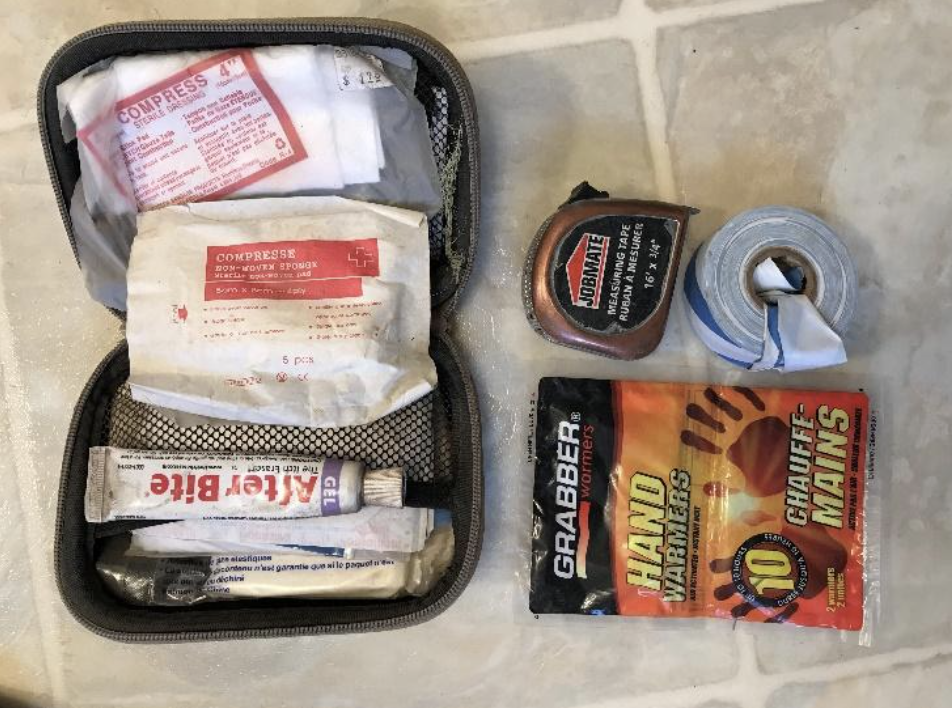
When selecting items, how do you decide what to pick based on comfort versus efficiency?
For me, a good example of where I draw the line is rain gear: I never carry rain gear unless it’s already raining or the forecast looks formidable for that day. This reduces the weight of my bag which increases hiking speed and my stamina throughout the day. Some people like to be more comfortable and there is nothing wrong with that! So they’ll often bring out a spare pair of clothes, a few pairs of extra gloves, and extra rain gear. Some people are also more cautious about the remoteness of CRM archaeology and like to carry extra survival gear. This could include a little bottle with dry tinder to make a fire, and/or matches, a lighter, knife, rope, etc. Basically, the more lightweight the better. Personally, I squeeze sunscreen into a very small bottle with a screw top so I’m not carrying around a bottle of it in the forest.
What would you say the most important item is?
There wasn’t a consensus, but the top answers were: the iPad or GPS, water, and a measuring tape.
The iPad is how we take all of our notes and navigate to our project areas. Backpack fans might have to develop a different system for walking with the iPad, such as a fanny pack or Björn baby carrier because there is no easy to access compartment for the iPad with the backpack. With the cruiser vest on the other hand, the iPad usually neatly fits in one of the inner chest pockets.
This brings us to water. A lack of water can cause mental and physical fatigue, and it is an especially dangerous situation on those hot dry days in July and August where the risk of heat stroke and heat exhaustion increases. One respondent noted that their most important items are a hat, as they have no hair, and a bug net for extra comfort for when you’re getting swarmed by what seems like every mosquito in northern Alberta. A bug net or shirt can make someone’s day go from extremely uncomfortable to only slightly uncomfortable. A very cute response was a lucky charm that their son gives them before each shift, which is typically an action figure. An axe was someone else’s most important item, and it for sure comes in handy for both clearing brush from trails and in a survival situation. Fire starter is also a very important item because once waterproof matches get wet, they’re significantly less useful.
In summary, there was a wide variety of additional items that our archaeologists choose to bring with them while doing survey work. The responses varied significantly; however, there was more support for the backpack and any important items tended to be extra safety gear. Now, onto field season we go! 👉🏼
